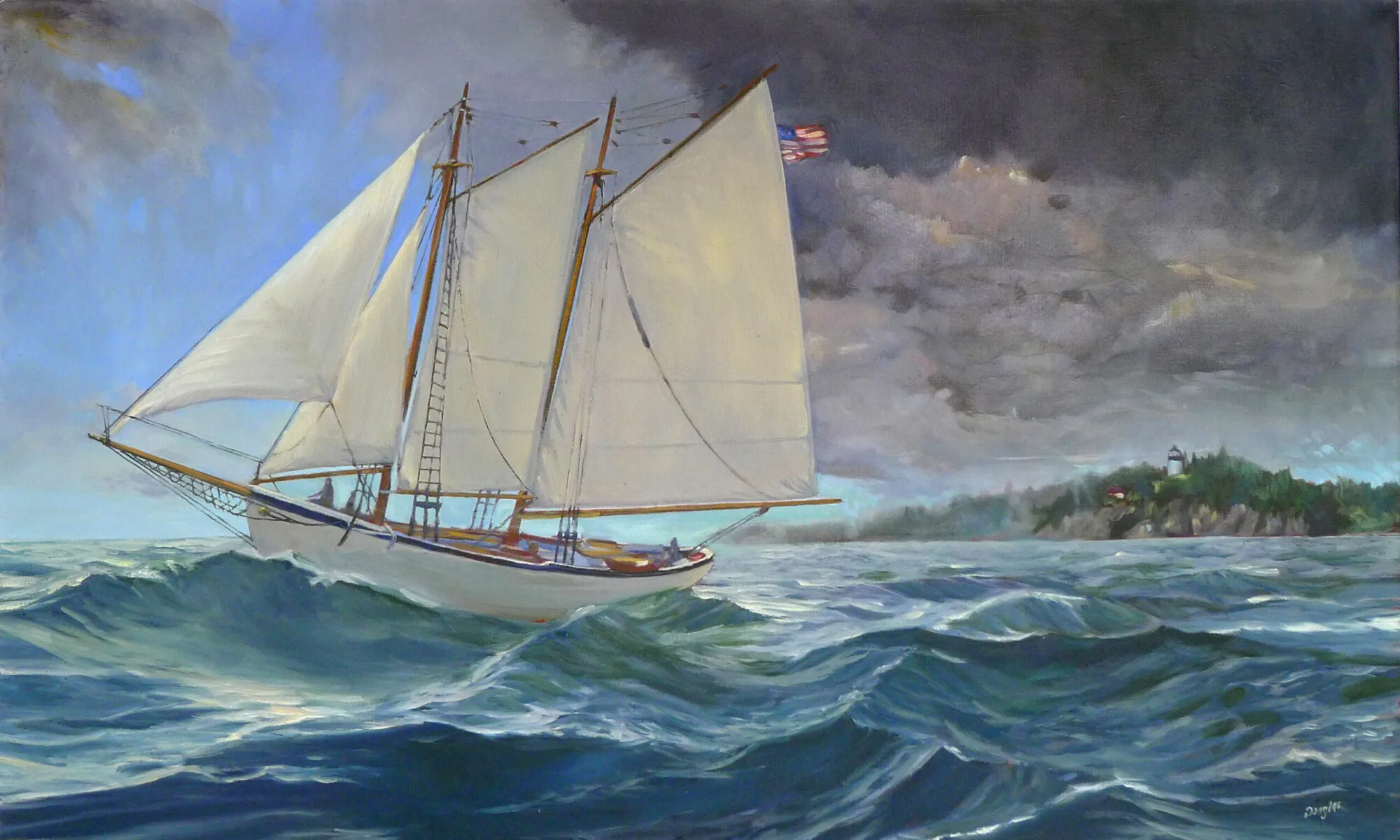Every day, in every way, things are not necessarily getting better.
 |
| In Control (Grace and her unicorn), 24X36, is one of the paintings that’s going to Rye Arts Center’s Censored and Poetic: the works of Carol Douglas and Anne de Villemejane, March 2022.
|
A visitor to my studio recently asked me about the gender disparity in painting. “Eighty percent of art students are women,” I said—and that may be a low estimate. “But 80% of the top cadre of professional painters are men.” That, too, may be a low estimate.
“Why?” she asked. I was stumped for an answer. If I’d thought about it at all, I’d have attributed it to change—women moving up through the atelier system to take their rightful place in the art world. But since the 19th century women have studied and practiced painting with great seriousness. There were more girls in art class when I was young, and the earning disparity didn’t disappear when we came of age.
 |
| Michelle Reading, 24X30, is one of the paintings that’s going to Rye Arts Center’s Censored and Poetic: the works of Carol Douglas and Anne de Villemejane, March 2022. |
This is not anecdotal. There have been many studies worldwide that document this phenomenon. The most exhaustivewas done in 2017. It analyzed 1.5 million auction transactions in 45 countries, and found a 47.6% gender discount in prices. The discount was worst (unsurprisingly) in countries with greater overall gender disparity.
Do women drop out, practicing art as dedicated amateurs rather than professionals? No; 51% of practicing visual artists are women.
Are women’s paintings somehow more ‘girly,’ and therefore less attractive to buyers? In blind studies (with the artist’s name excised), participants could not guess the gender of the artist. Women’s art sells for less because the signature is feminine. Period.
 |
| The Beggar, 36X48, is one of the paintings that’s going to Rye Arts Center’s Censored and Poetic: the works of Carol Douglas and Anne de Villemejane, March 2022. |
My childhood chum Cynthia Cadwell Pacheco was a professional ballet dancer. While she was traveling around the world, her mother regaled me with stories of the culture of submission, abuse and body-shaming that the corps de ballet were subject to.
It’s a miserable career choice for women, but, ironically, serious ballet used to be a women-led art form. That was before it spun money. Today, it’s a multi-billion-dollar business. As it has grown in economic importance, women have been pushed out of leadership. Today’s companies are run by men, the work is choreographed by men, the jurors are men, and the big bucks go to men. Let that be a lesson to you if you believe that every day, in every way, we’re getting better and better.
“Despite the fact that girls outnumber boys 20 to one and pay most of the fees in ballet schools, and despite the audience and donor base being 70% women, female artistic directors are paid 68 percent of what their male counterparts earn,” wrote Elizabeth Yntema.
 |
| Saran Wrap Cynic, 20X24, is one of the paintings that’s going to Rye Arts Center’s Censored and Poetic: the works of Carol Douglas and Anne de Villemejane, March 2022. |
Our culture actively discourages boys from dancing. That’s foolish and unfair, and it leads to a tremendous imbalance in dance classes. If there is a boy at all, he won’t lack for principal roles, no matter how execrably he dances; the great classical ballets require male dancers. No wonder boys in the dance world grow up thinking they’re the cock of the walk.
No other legal American industry is as gender-skewed as ballet, but the visual arts do share some of its daft values. You only have to compare the career of Lois Dodd with her contemporaries to see that.
Identifying the problem is only the first step. What can we do about it? Young artists might choose a gender-neutral nom de pinceau, but that perpetuates the problem. Women’s role in the arts will only be as strong as women’s role in the greater culture. I’m old enough to have seen some remarkable changes in society, but I’m also alive to the very real risk that we can move backwards, just as the dance world has.































